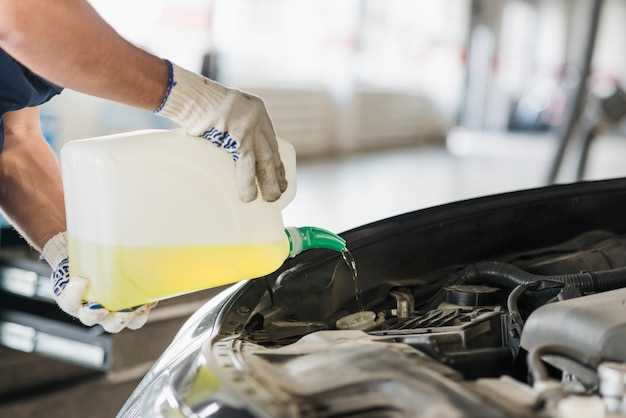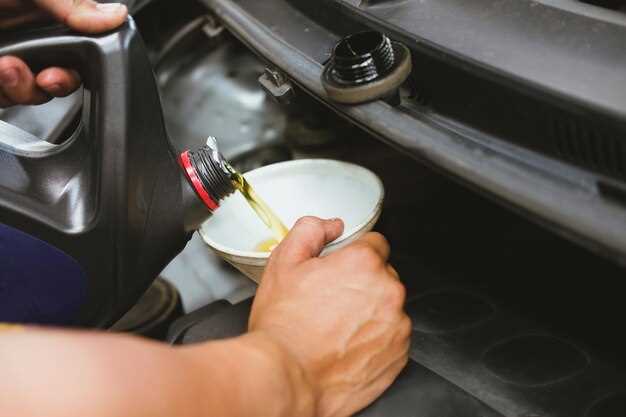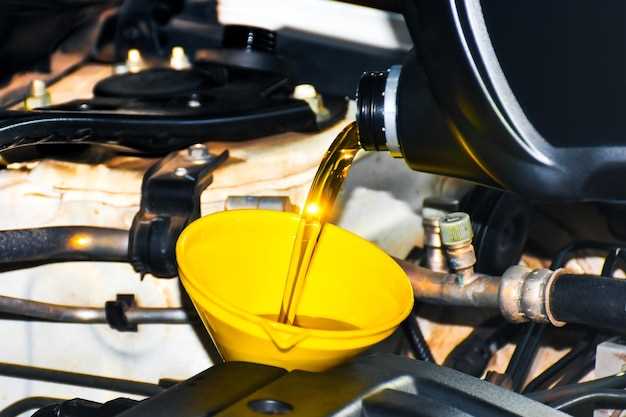
Regular maintenance of your vehicle is essential to ensure safety and reliability, and one critical aspect that is often overlooked is the replacement of brake fluid. Brake fluid plays a vital role in the brake system, transmitting force from the brake pedal to the brake components. Without proper maintenance of this fluid, the entire braking system’s efficiency can be compromised, leading to potentially dangerous situations on the road.
Establishing a proper schedule for brake fluid replacement is crucial for maintaining optimal brake performance. Most manufacturers recommend checking and replacing brake fluid every two years, but this can vary based on driving conditions and the type of fluid used. Factors such as moisture absorption and debris buildup can significantly affect the brake fluid’s properties over time, making regular checks and timely replacements a necessary part of any comprehensive vehicle maintenance plan.
Understanding the recommended frequency of brake fluid replacement not only enhances the safety of your vehicle but also extends the lifespan of your braking components. By adhering to a well-structured maintenance schedule, you can ensure that your braking system remains responsive and effective, providing peace of mind every time you hit the road.
Understanding the Role of Brake Fluid in Vehicle Safety
Brake fluid is a critical component of a vehicle’s braking system, serving as the hydraulic fluid that transfers force from the brake pedal to the brake components. Its primary function is to provide the necessary pressure to engage the brakes effectively, ensuring that the vehicle can stop when required. The efficiency of this process directly impacts vehicle safety, making a thorough understanding of brake fluid vital for all drivers.
Brake fluid operates under high pressure and extreme temperatures, which means it can degrade over time due to exposure to moisture and contaminants. This degradation affects the fluid’s boiling point and viscosity, leading to decreased braking performance. As such, adhering to a recommended schedule for brake fluid replacement is essential to maintain optimal vehicle safety.
A well-maintained brake fluid system contributes to consistent brake responses, reducing stopping distances and preventing brake failure during critical moments. Drivers should be aware of their vehicle manufacturer’s guidelines for brake fluid replacement and conduct regular checks to ensure the fluid is clear and free from debris. Regular maintenance not only keeps the braking system functioning smoothly but also enhances overall road safety.
Factors Influencing Brake Fluid Replacement Interval

Several factors significantly affect the recommended interval for brake fluid replacement. Understanding these can help in establishing an effective maintenance schedule.
Firstly, the type of brake fluid used plays a crucial role. Different fluids have varying boiling points and chemical properties, impacting their longevity and performance under heat. For instance, synthetic brake fluids often last longer than conventional fluids, necessitating less frequent changes.
Secondly, driving conditions are vital. Frequent driving in heavy traffic, mountainous areas, or extreme temperatures can cause brakes to work harder, leading to faster degradation of brake fluid. Therefore, those regularly operating under such conditions should consider more frequent replacements.
Additionally, vehicle age and usage patterns influence fluid condition. Older vehicles may require more attention to brake fluid, while those used primarily for short trips might need replacements more often due to moisture accumulation, which can lower fluid efficiency.
Lastly, manufacturer recommendations should always be consulted. Many vehicle manufacturers provide a specific maintenance schedule, which includes brake fluid replacement intervals based on their design and engineering considerations. Adhering to this schedule ensures optimal brake performance and safety.
Signs Indicating the Need for Brake Fluid Change

Regular maintenance plays a crucial role in ensuring the safety and performance of your vehicle, and one often overlooked component is the brake fluid. While following a recommended schedule for brake fluid replacement is important, certain signs can indicate that a change is necessary even if you are not yet due for a routine service.
One of the most noticeable signs is a change in the brake pedal feel. If the pedal feels soft or spongy when pressed, this may indicate that the brake fluid is contaminated or has absorbed moisture, compromising its effectiveness. Another signal is a decrease in braking performance; if you experience longer stopping distances or a lack of responsiveness, it’s essential to inspect the brake fluid.
Leaking brake fluid is a clear indication that a change is required. If you notice fluid pooling under your vehicle or around the brake components, it’s critical to address the issue immediately to prevent further damage and ensure safe operation. Additionally, if your vehicle’s brake warning light illuminates on the dashboard, it could signify low brake fluid levels or a malfunction within the braking system itself, necessitating an inspection and possible replacement of the fluid.
Finally, if your brake fluid appears dark or murky rather than clear, this is a strong indication that it is time for a change. Fresh brake fluid should be transparent and light-colored. Regularly checking the condition of your brake fluid and being aware of these warning signs can help maintain your vehicle’s braking system and ensure a safer driving experience.

